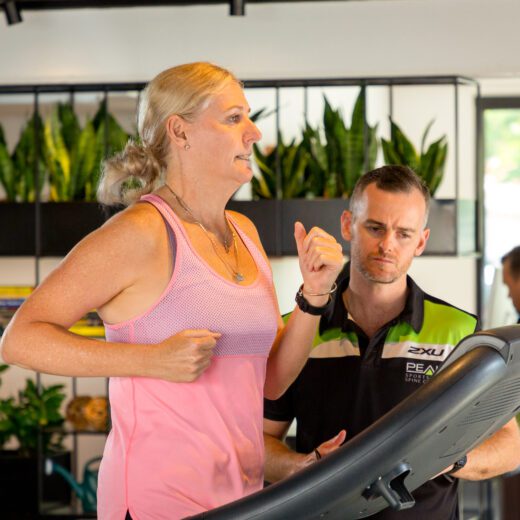
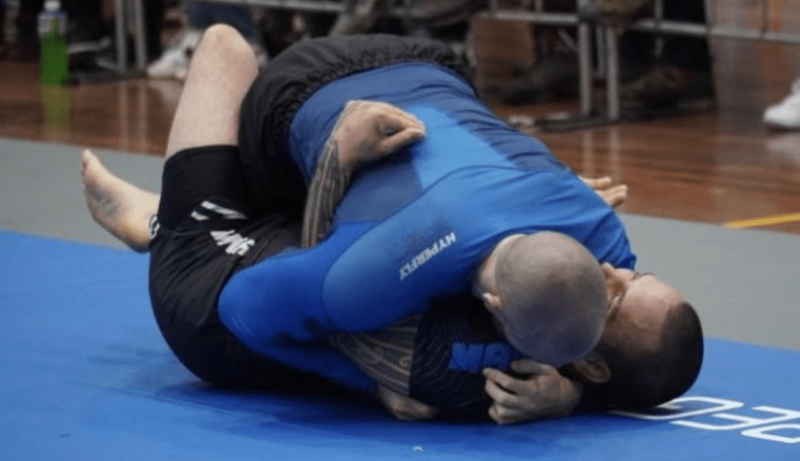
What is Brazilian Jiu Jitsu?
Brazilian Jiu-Jitsu is a martial art and combat sport that focuses on grappling and ground fighting. BJJ emphasises technique, leverage, and positional control to enable a smaller, weaker individual to defend themselves against a larger, stronger opponent.
This sport focuses on gaining positional dominance and control of an opponent. Once positional dominance is achieved, the aim is to work towards techniques known as submissions. These are techniques designed to force an opponent to submit or “tap out” by applying pressure to joints (joint locks) or restricting blood flow or airflow (chokes).
Training Brazilian Jiu-Jitsu offers a wide range of physical, mental, and social benefits for people. Here are some of the key benefits:
Physical Fitness:
BJJ is a full-body workout that improves cardiovascular health, muscular strength, endurance, flexibility, and overall physical conditioning. It helps to develop functional strength and mobility through various grappling techniques and drills.
Weight Management:
Regular BJJ training can help with weight loss or weight maintenance by burning calories, increasing metabolism, and promoting lean muscle growth all while participating in an interesting and engaging activity.
Self-Defence Skills:
BJJ teaches practical self-defence techniques that can be applied in real-life situations. Learning how to control opponents, escape dangerous positions, and submit attackers can boost confidence and provide a greater sense of personal security.
Stress Relief:
Engaging in physical activity such as BJJ releases endorphins, which are natural mood lifters. The focus required during training can also help individuals temporarily escape from daily stressors, leading to improved mental well-being and relaxation.
Mental Toughness:
BJJ training challenges individuals both physically and mentally, promoting resilience, discipline, and perseverance. Overcoming obstacles on the mat builds mental toughness that can translate to other areas of life, such as work or personal relationships.
Problem-Solving Skills:
BJJ is often compared to human chess due to its strategic nature. Practitioners must think critically, anticipate opponents' moves, and adapt their strategies accordingly. This fosters improved problem-solving skills and enhances cognitive function.
Social Interaction and Community:
BJJ academies provide a supportive and inclusive community where individuals of all backgrounds come together to train and learn. Building friendships with teammates and sharing experiences on the mat can create a sense of camaraderie and belonging.
Lifelong Learning and Growth:
BJJ is a lifelong journey of learning and self-improvement. There is always something new to discover, whether it's mastering a new technique, refining existing skills, or exploring different aspects of the art.
How to stay on the mats long term
Starting out training can be very exciting when you find an activity that you get a lot of enjoyment from. This can lead to training much more frequently than your body is accustomed to. When beginning training in a sport such as this, a good weekly training volume would be 2x a week and progressively working up to a third if your schedule and body will allow for it.

For Brazilian Jiu-Jitsu competitors and hobbyists, especially those who are training intensely and competing frequently, prioritising recovery is crucial to prevent injuries, maintain performance, and sustain long-term progress. Here are some key recovery considerations for BJJ athletes off the mats:
Proper Nutrition:
Ensure you're consuming enough calories and nutrients to support your training demands and facilitate recovery. Focus on a balanced diet rich in lean proteins, complex carbohydrates, healthy fats, vitamins, and minerals.
Hydration:
Stay hydrated throughout the day, especially before, during, and after training sessions. Proper hydration is essential for optimal performance and recovery.
Rest and Sleep:
Aim for 7-9 hours of quality sleep each night. Sleep is critical for muscle repair, hormone regulation, and overall recovery. Establish a consistent sleep schedule and create a sleep-friendly environment.
Active Recovery:
Incorporate light activities such as walking, swimming, or yoga on rest days to promote blood flow, reduce muscle soreness, and enhance recovery.
Stretching and Mobility Work:
Dedicate time to stretching and mobility exercises to improve flexibility, prevent injuries, and enhance recovery between training sessions.
Foam Rolling and Self-Massage:
Use foam rollers, massage balls, or massage guns to release muscle tension, improve circulation, and accelerate recovery.
Cold Therapy:
Consider using ice baths, cold showers, or cryotherapy to reduce inflammation, alleviate muscle soreness, and promote recovery after intense training sessions or competitions.
Heat Therapy:
Utilise heat packs or hot baths to relax muscles, increase blood flow, and enhance recovery, especially after strenuous training sessions.
Soft Tissue Therapy:
Schedule regular appointments with a sports massage therapist or physiotherapist to address any muscle imbalances, tightness, or adhesions that may hinder recovery or lead to injuries.
Listen to Your Body:
This one is incredibly important. Pay attention to signs of overtraining, fatigue, or injury, and adjust your training volume, intensity, and frequency accordingly. Don’t ignore little niggles. Rest when needed to avoid burnout and allow your body to recover properly.
Periodisation:
Implement structured training cycles that include periods of higher intensity followed by de-load weeks or active recovery phases to prevent overtraining and optimise long-term performance.
Mindfulness and Stress Management:
Practise relaxation techniques such as meditation, deep breathing exercises, or visualisation to manage stress, improve recovery, and enhance mental resilience.
Cross-Training:
Incorporate complementary activities such as strength training, cardio, or mobility work to address weaknesses, prevent boredom, and reduce the risk of overuse injuries.
Injury Prevention:
Prioritise injury prevention strategies such as proper technique, adequate warm-up and cool-down routines, and gradual progression in training volume and intensity.
By implementing these recovery considerations into your training routine, you can optimise your performance, reduce the risk of injuries, and maintain longevity in Brazilian Jiu Jitsu. Outside of BJJ these recovery considerations are universally applicable to any and every other sport or athletic pursuit.
If there are any concerns that you may have, the team at PEAK is always available to assist and advise to keep you on the mats, in the gym or just simply up and moving for the long run.
Read the latest articles

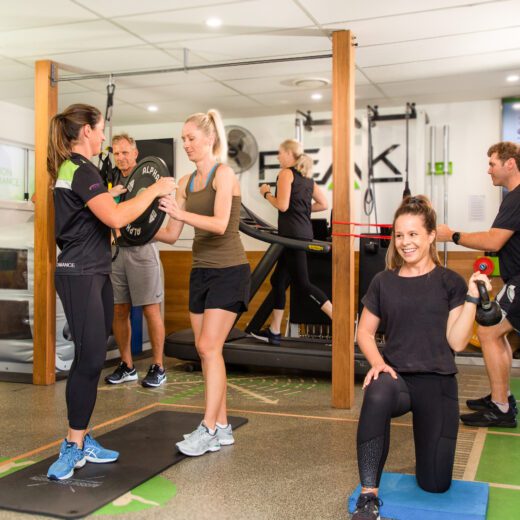
From Recovery to Resilience: Embracing a Preventative Mindset in Physiotherapy
For many, the first encounter with physiotherapy begins with pain. It might be the result of an injury, a nagging ache that won’t go...
Read more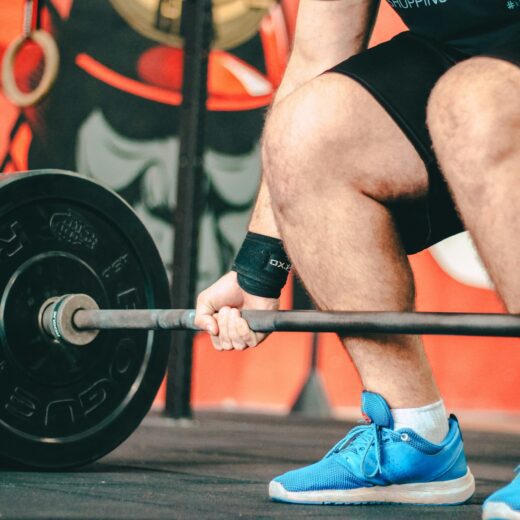
Deadlifting: Why It Matters – A Physiotherapist’s Perspective
As a physiotherapist, one of the most common myths I encounter is that deadlifting is only for bodybuilders or elite athletes. The reality? The...
Read more
Understanding Ingrown Toenails
Ingrown toenails occur when the edge or corner of a toenail grows into the surrounding skin, leading to pain, redness, and swelling. This condition...
Read more
Staying the Course: How to Stay Motivated Through Your Rehab Journey
Rehabilitation isn’t always a straight line. Some days, you’ll feel strong. Other days, progress might feel slow or even invisible. But here’s the truth...
Read more
When Dreams Take Flight: The Extraordinary Night We Shared “For The Last Time”
In the warm glow of a Brisbane evening, something magical happened. On May 25th, New Farm Cinema became more than just a venue—it transformed...
Read more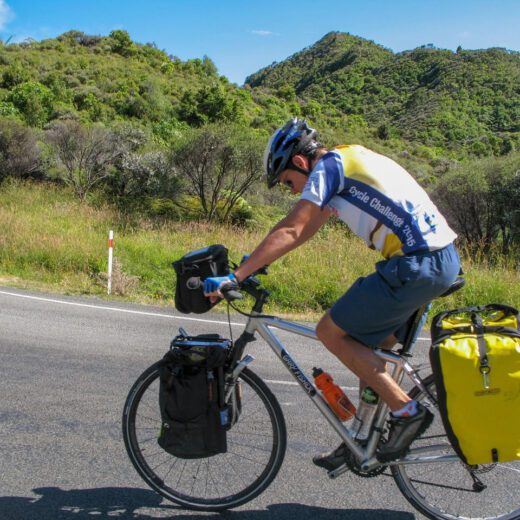
Ed’s Physio Journey with Nickelback Boy
Let us introduce PEAK Athlete Ed Schache… As a husband, Dad to 2 young sons, and lifelong recreational cyclist, Ed’s never been one to chase...
Read more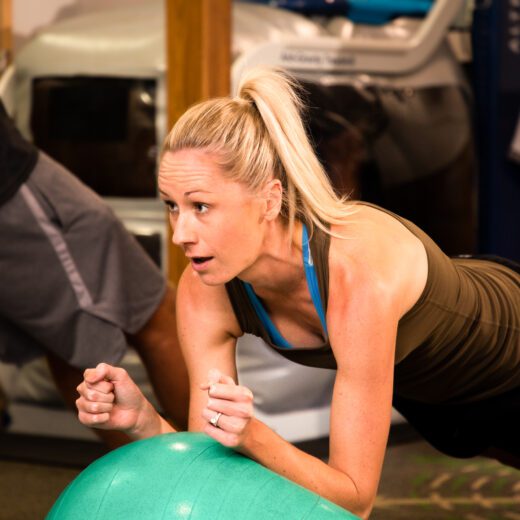
Why Women Should Strength Train: Lifelong Benefits from Youth to Aging
For too long, the image of strength training has been associated mainly with male athletes or bodybuilders. But the science is clear: strength training...
Read more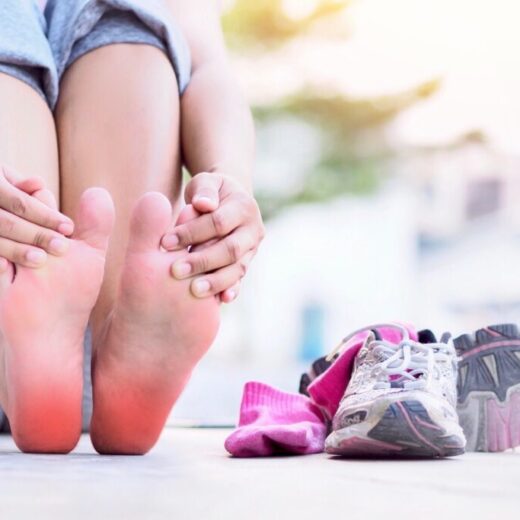
Sever’s Disease: Understanding Heel Pain in Growing Children
Heel pain in children is a common concern—especially among those who are active and going through growth spurts. One of the most frequent causes...
Read more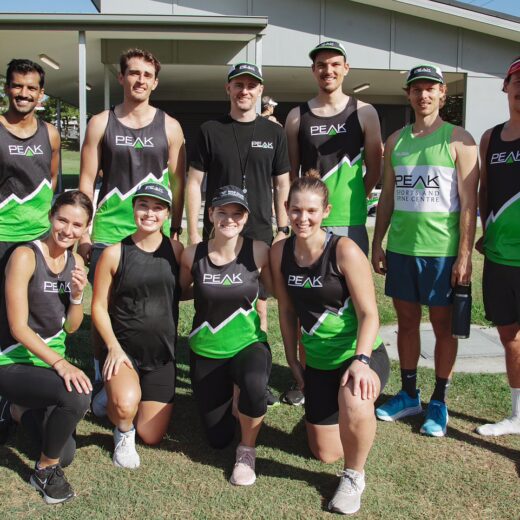
Join the Sunshine Coast Marathon
Join the Sunshine Coast Marathon with PEAK Sports and Spine Centre: Run with a Winning Team and Enjoy Exclusive Perks!Are you ready to challenge...
Read moreNot exactly what you're looking for?
View all articlesLet's get started — How can we help?
Physiotherapy
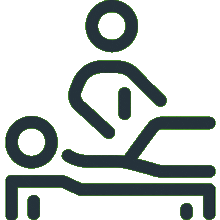
Chiropractic

Podiatry
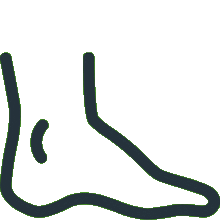
Massage Therapy
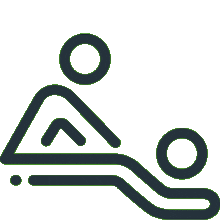
Women's Health Physiotherapy

Running Program Tailored To Your Goals
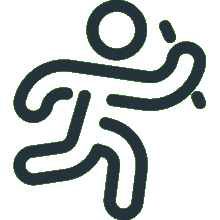
Joint Mobilisation
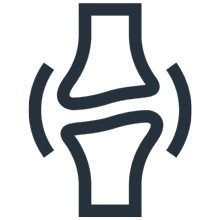
Active Release Technique
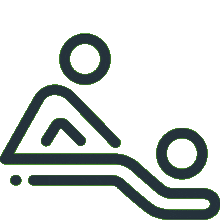
Exercise Prescription
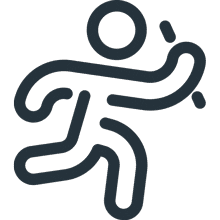
Real Time Ultrasound Imaging

Spinal Manipulation
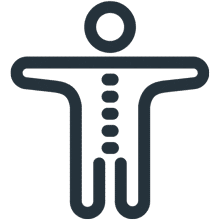
Functional Movement Screen
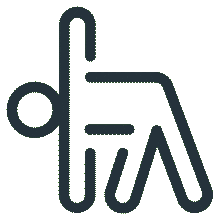
Knee Pain Treatment

Hamstring Strain Treatment
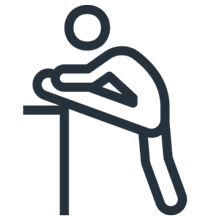
Hip Pain Treatment

Upper, Middle & Lower Back Pain

Neck Pain Treatment

Shoulder Pain & Rotator Cuff Tear

Can't find what you're after?
View all ServicesOr email the PEAK team at info@peakssc.com.au
Hawthorne
- Phone: (07) 3399 3318
- Fax: (07) 3319 6577
Address
5/171 Riding Road,Hawthorne, QLD, 4171 Get Directions
Opening Hours -
6 days per week
- Monday - Friday: 7:00 am - 8:00 pm
- Saturday: 7:00 am - 1:00 pm
To make a booking outside of business hours, please use our form by clicking here.
New Farm
- Phone: (07) 3399 4668
- Fax: (07) 3319 6577
Address
1/15 Lamington Street,New Farm, QLD, 4005 Get Directions
Opening Hours -
6 days per week
- Monday: 7:00 am - 8:00 pm
- Tuesday: 7:00 am - 8:00 pm
- Wednesday: 9:00 am - 8:00 pm
- Thursday: 10:00 am - 8:00 pm
- Friday: 7:00 am - 3:00 pm
- Saturday: 7:00 am - 3:00 pm
To make a booking outside of business hours, please use our form by clicking here.
